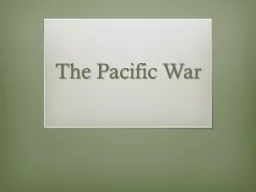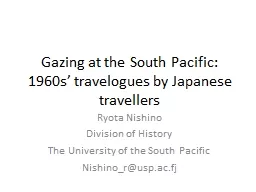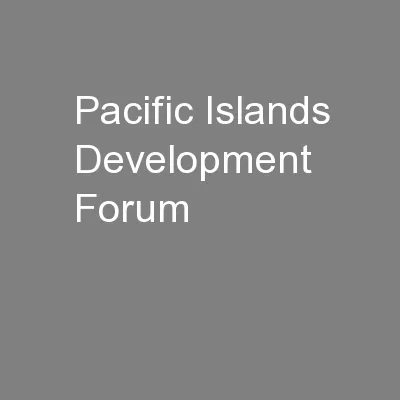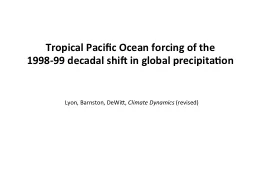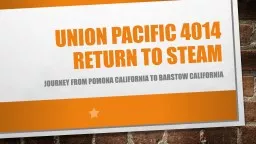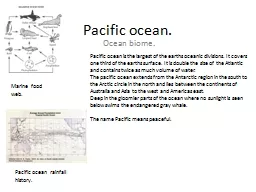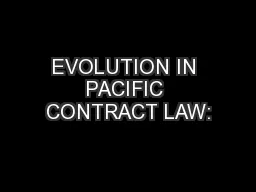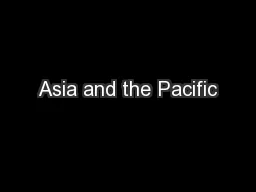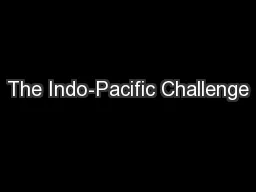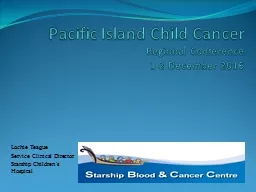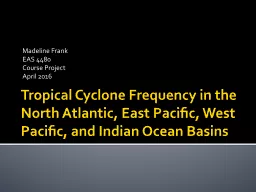PPT-The Pacific
Author : giovanna-bartolotta | Published Date : 2016-05-22
War 1943 The Main P layers USAs General Macarthur Years of Service 19031964 Involved in Philippines campaign 194142 and 194445 New Guinea Campaign Borneo Campaign
Presentation Embed Code
Download Presentation
Download Presentation The PPT/PDF document "The Pacific" is the property of its rightful owner. Permission is granted to download and print the materials on this website for personal, non-commercial use only, and to display it on your personal computer provided you do not modify the materials and that you retain all copyright notices contained in the materials. By downloading content from our website, you accept the terms of this agreement.
The Pacific: Transcript
Download Rules Of Document
"The Pacific"The content belongs to its owner. You may download and print it for personal use, without modification, and keep all copyright notices. By downloading, you agree to these terms.
Related Documents

